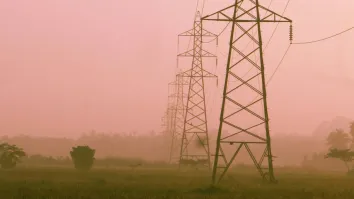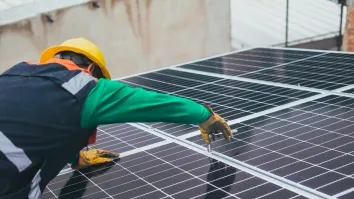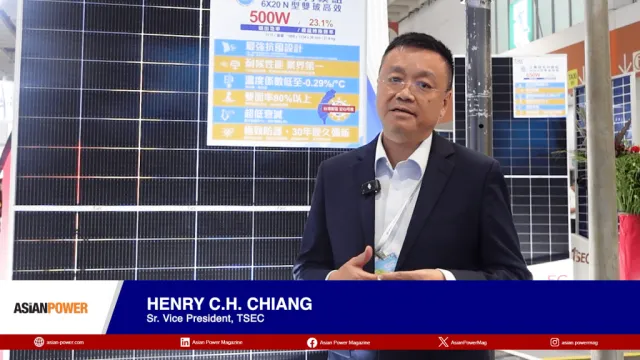
Global coal usage and emissions projected to peak in 2023: report
Coal-fired power generation will decline by 10,332 terawatt hours in 2024.
A study by Rystad Energy showed that coal-fired power generation and emissions on a global scale are projected to peak in 2023, with sources of renewable and low-carbon energy growing briskly.
The report also estimated that 2024 will see a significant decline in coal power after 30 years of prominence in the energy sector, as solar and wind generation are more relied on.
Displacement of coal-fired generation will fall to 10,332 terawatt hours (TWh) in 2024, below from 41 TWh in 2023. Alongside it is the decline of carbon dioxide emissions, which accounted for the power sector on 40% of all global emissions.
Investments have also waned in Europe and North America, due to strict emission policies, affordability of natural gas supplies, and cleaner systems from low-carbon power sources. It led to the reduction of coal power capacity by over 200 GW since 1990.
However, growth in Asia, prominently China, has maintained the global standing of coal consumption. The region has added over 40 GW of new coal capacity, with an expected 52 GW to be added the next year and more expected to continue until 2027. Most will come from China, then India and Indonesia.
ALSO READ: India needs $101b to meet wind, solar targets
“The drop in total coal generation in 2024 may be small on paper, but it signals the beginning of the renewable energy era in the power market. For that reason, coal and natural gas power plants will continue to play a key role by providing baseload supply and flexibility,” Carlos Torres Diaz, Senior Vice President of Rystad Energy, stated.
Currently, the global average levelised cost of energy (LCOE) for solar PV and onshore wind holds around $50 per MWh, less than $84 per MWh for coal and $144 per MWh for gas power. And more economies are more considerate of investments in renewable energy, allowing for installations to set new records yearly.
In addition, an estimated 300 GW of solar PV and 140 GW of wind capacity will be established in 2024, with most coming from Asia. It is projected to expedite over $600b in solar PV and wind capacity next year. And around 845 TWh of new supplies and facilities will be installed, aiding the global electricity demand that is projected to reach 25,400 TWh in 2024, a 3% increase from 2023.



















 Advertise
Advertise








